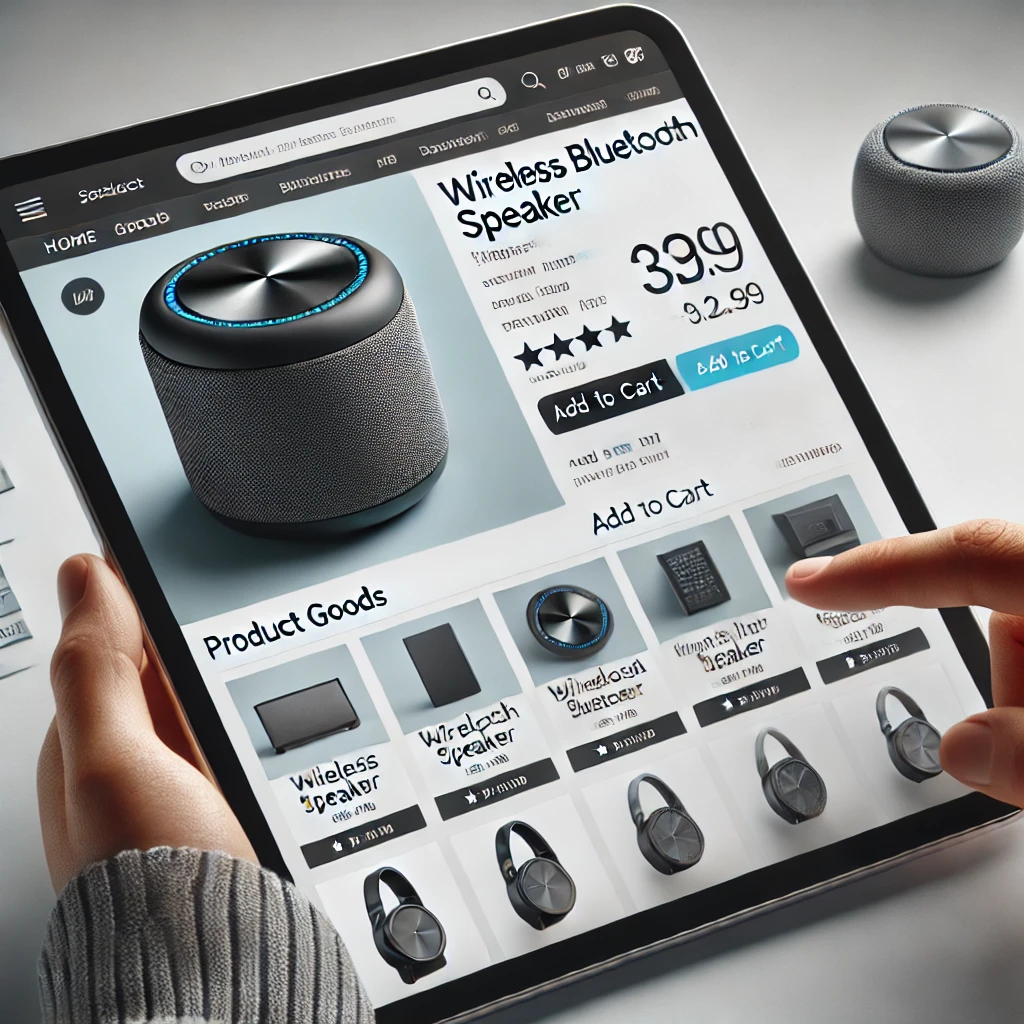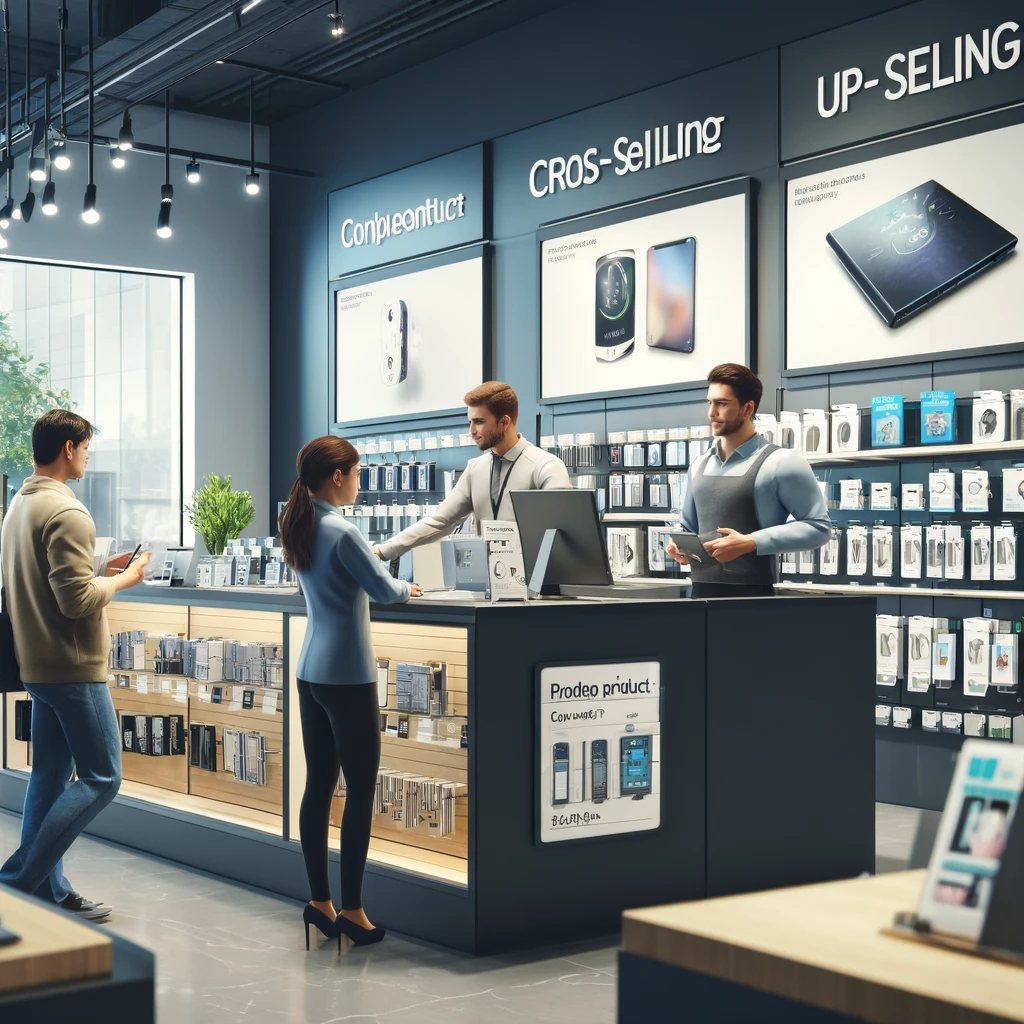
Case Study: The Success of XYZ Retailer through Enhanced Product Listing Strategies
Company Overview: XYZ Retailer, a mid-sized online retailer specializing in home goods and electronics, had been in the market for five years but was struggling to scale its business. Despite having a loyal customer base, the company’s growth rate had plateaued. To address this, XYZ Retailer embarked on a strategic overhaul of its product listing process, aiming to improve visibility, customer engagement, and conversion rates.
Challenges:
- Low visibility on major search engines and e-commerce platforms
- High bounce rates on product pages
- Low conversion rates despite competitive pricing
- Lack of customer reviews and engagement on product pages
Strategy Implementation:
1. Keyword Optimization: XYZ Retailer began by conducting extensive keyword research to align its product titles, descriptions, and metadata with terms that customers were actively searching for. They used tools like Google Keyword Planner and Ahrefs to identify high-traffic, relevant keywords specific to each product category.
- Action: The company restructured product titles to include specific product features (e.g., “Wireless Bluetooth Speaker with 10-Hour Battery Life”). They optimized descriptions for both long-tail and short-tail keywords, focusing on benefits rather than just product specifications.
2. Enhanced Product Descriptions and Imagery: To reduce bounce rates, XYZ Retailer revamped its product descriptions, adding more detailed and engaging content. They hired professional copywriters to create product descriptions that not only highlighted features but also emphasized benefits and use cases. They also invested in high-quality images, including multiple angles and lifestyle photos showing the products in use.
- Action: Each product page was updated with at least five high-resolution images, and product descriptions were enhanced with bullet points, infographics, and comparison charts for better readability.
3. User-Generated Content (UGC) and Reviews: XYZ Retailer recognized the importance of social proof. They launched a campaign encouraging customers to leave reviews and share images of the products on social media. In return, customers were offered small incentives, such as discounts on future purchases.
- Action: A review solicitation email was sent two weeks after purchase, offering a 10% discount code for customers who left reviews with images. Additionally, the product pages featured a section where user-generated photos were displayed, increasing trust.
4. Structured Data Markup: The retailer implemented schema markup on its product pages to improve how search engines like Google displayed its products in search results. This included rich snippets such as star ratings, prices, and availability.
- Action: They worked with a development team to incorporate structured data, which improved search engine rankings and enhanced the visibility of product listings on Google Shopping and other platforms.
5. A/B Testing and Conversion Rate Optimization (CRO): The company applied A/B testing to measure the effectiveness of various product listing elements such as button placement, call-to-action phrasing, and even product pricing display. They also tested different layouts for product pages, ultimately adopting a format that encouraged faster decisions by emphasizing reviews and key features near the top.
- Action: Tests revealed that placing the “Buy Now” button higher on the page and adding urgency messaging (e.g., “Only 5 left in stock!”) significantly boosted conversions.
6. Multi-channel Selling: XYZ Retailer expanded its reach by listing products on additional marketplaces, including Amazon, eBay, and Walmart. They tailored product listings for each platform, ensuring compliance with individual platform requirements and enhancing visibility.
- Action: The retailer used integration tools to manage inventory across multiple platforms and created optimized listings for each, including platform-specific keywords.
Results:
- Sales Growth: Within six months, XYZ Retailer saw a 40% increase in overall sales, with some product categories growing by as much as 60%. The improved product listings helped attract new customers and retain existing ones.
- Improved Search Engine Ranking: After the keyword optimization and schema markup implementation, XYZ Retailer’s products started ranking on the first page of Google for over 50 targeted keywords. Organic traffic increased by 35%.
- Higher Conversion Rates: Conversion rates on product pages improved by 25%, driven by better product descriptions, high-quality imagery, and improved page layouts. The bounce rate dropped by 18%, signaling more engagement.
- Increased Customer Engagement: User-generated content and reviews grew by 200%, with a majority of new customers citing reviews as a significant factor in their purchasing decision. Social media engagement also increased, driving additional traffic to the site.
- Multi-Channel Success: The company’s expansion into Amazon and other marketplaces generated an additional 20% in revenue, diversifying their income streams and reducing dependency on their own website.
By adopting a multi-faceted approach to product listing optimization, XYZ Retailer significantly improved its online sales performance. The strategy not only increased visibility and traffic but also enhanced customer engagement and conversion rates. Through consistent A/B testing, keyword optimization, and customer-centric content, XYZ Retailer was able to break through its growth plateau and establish itself as a competitive player in the e-commerce space.

